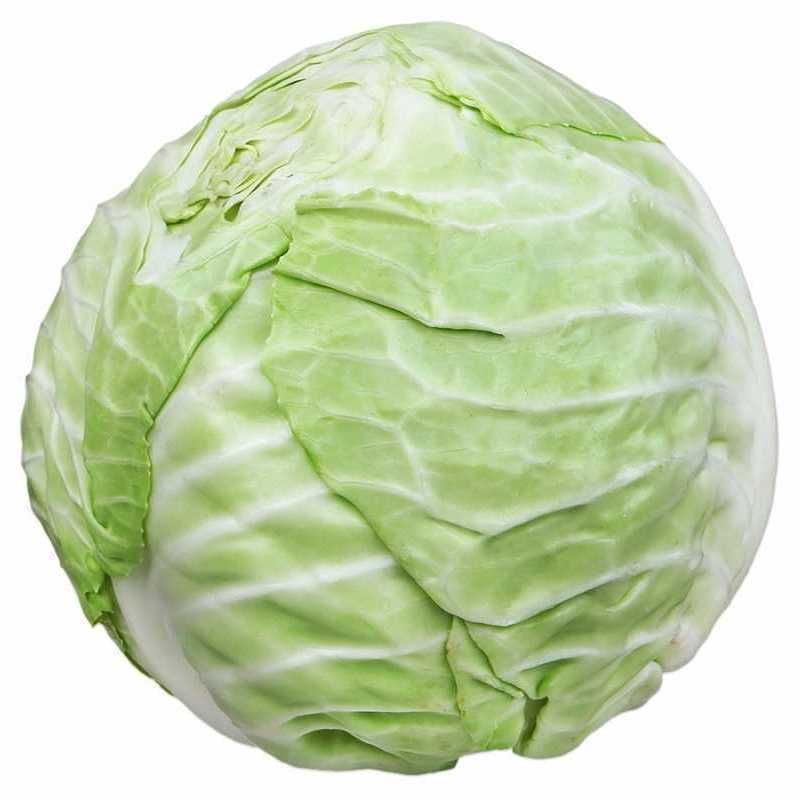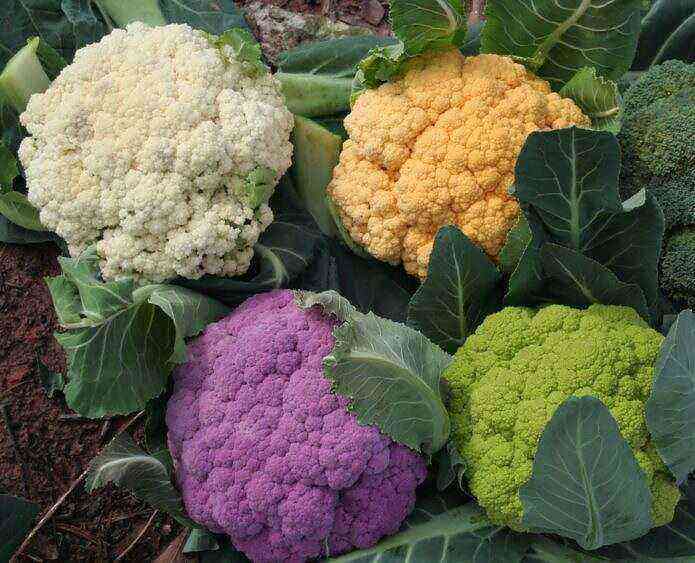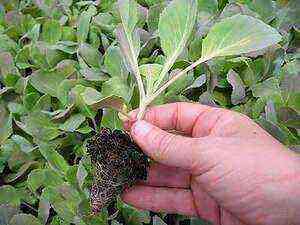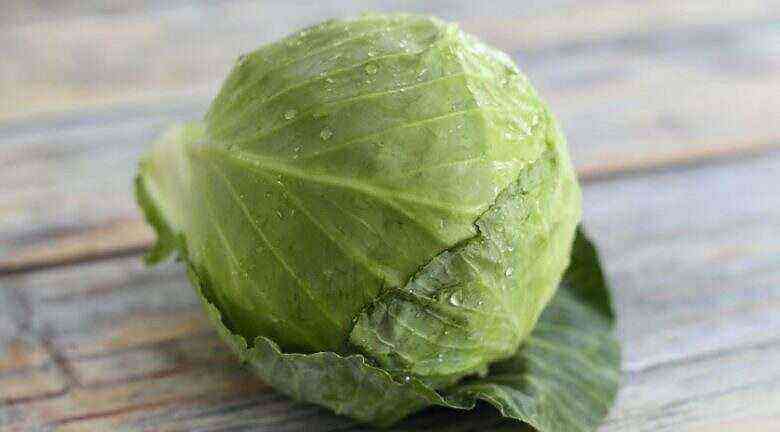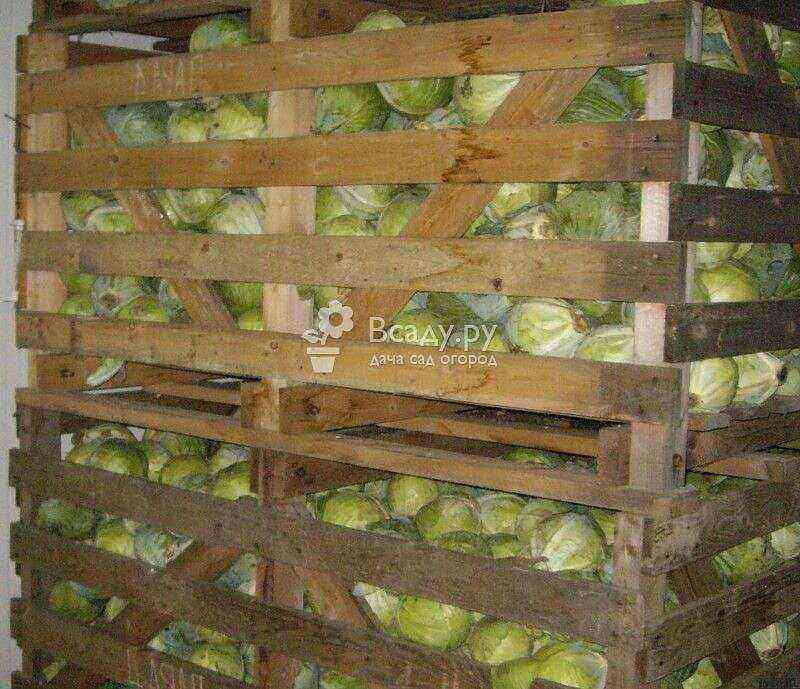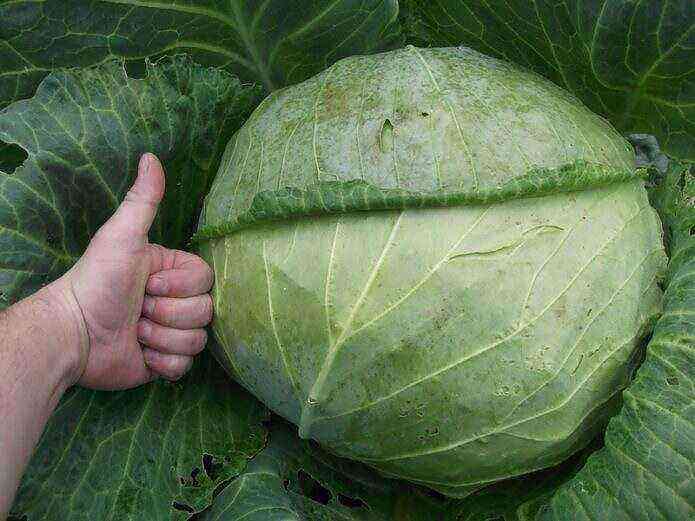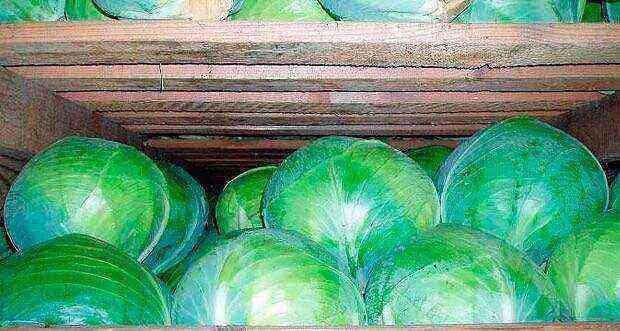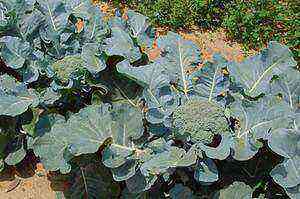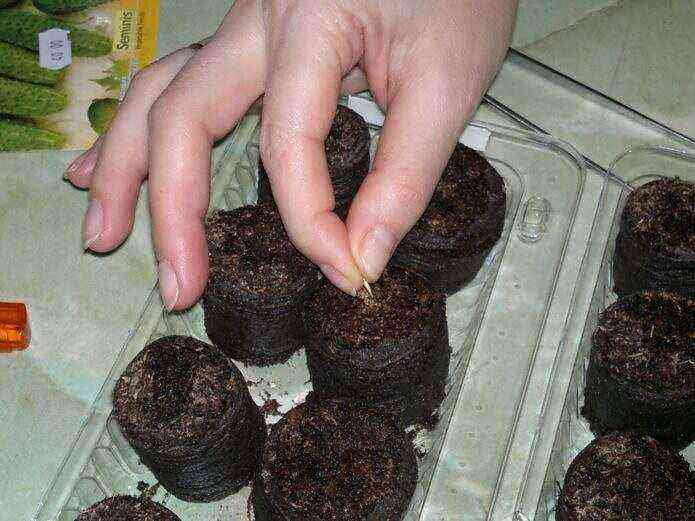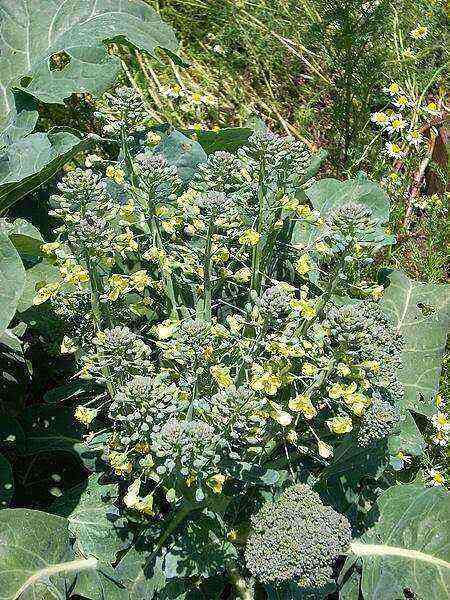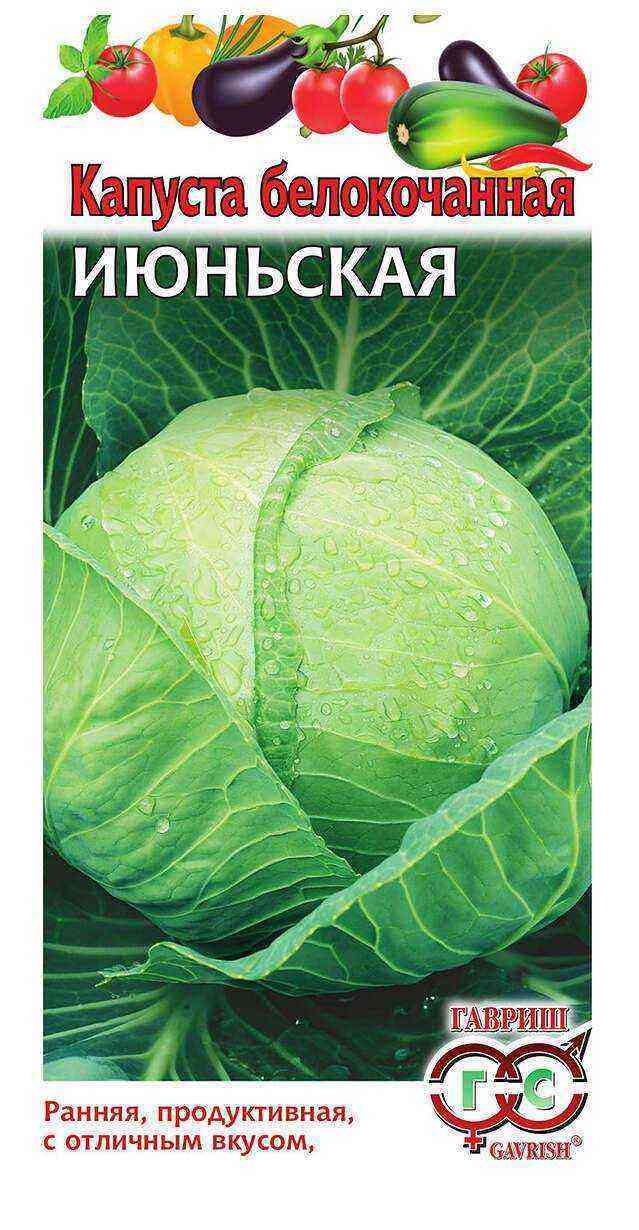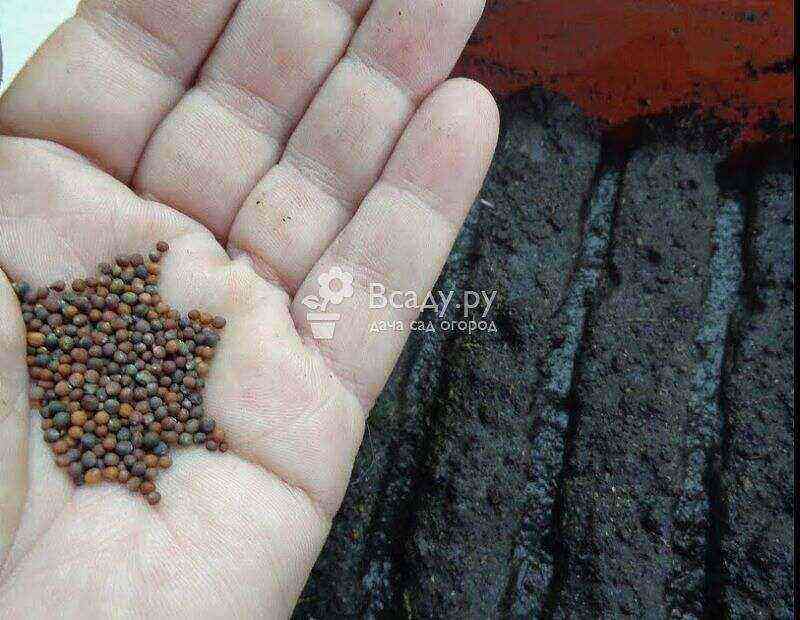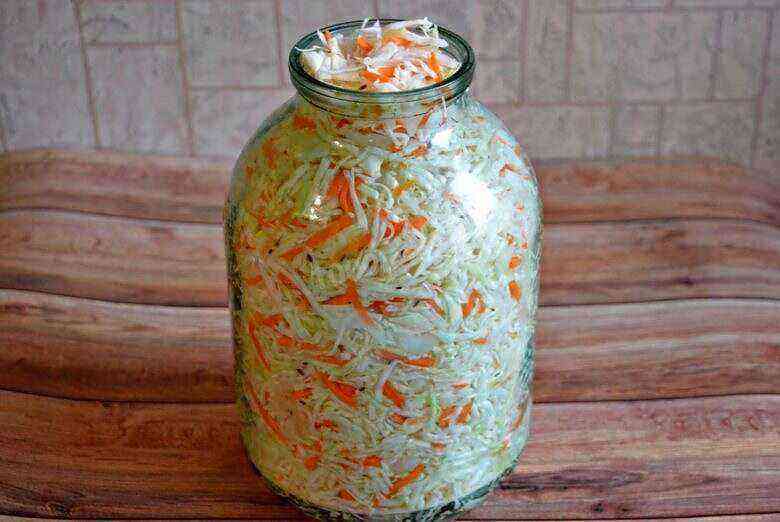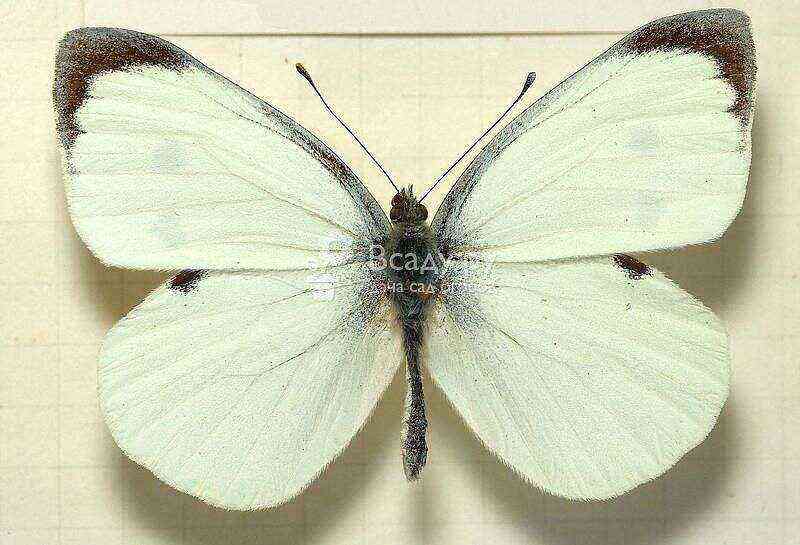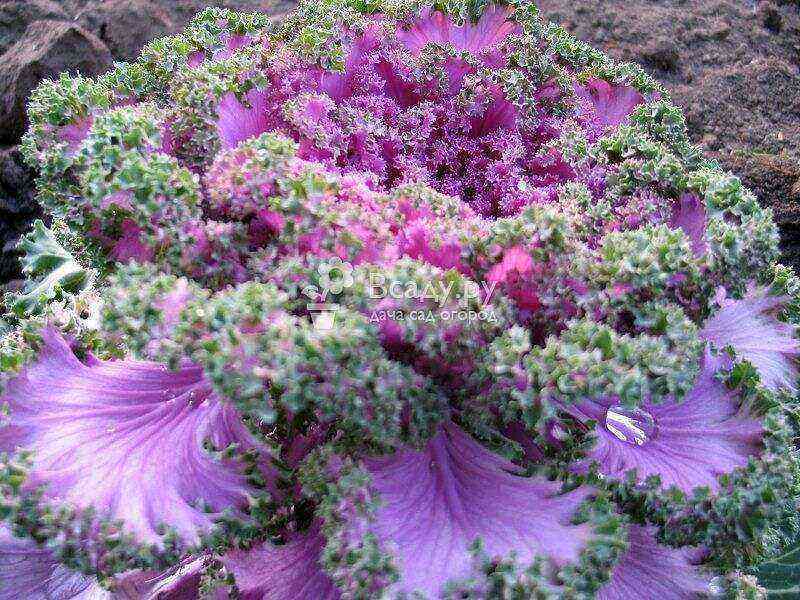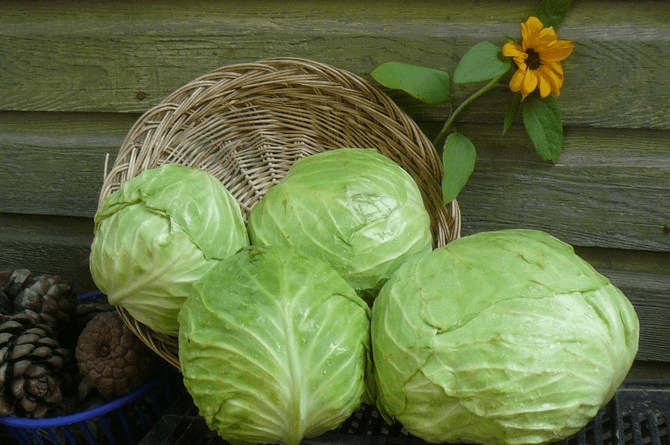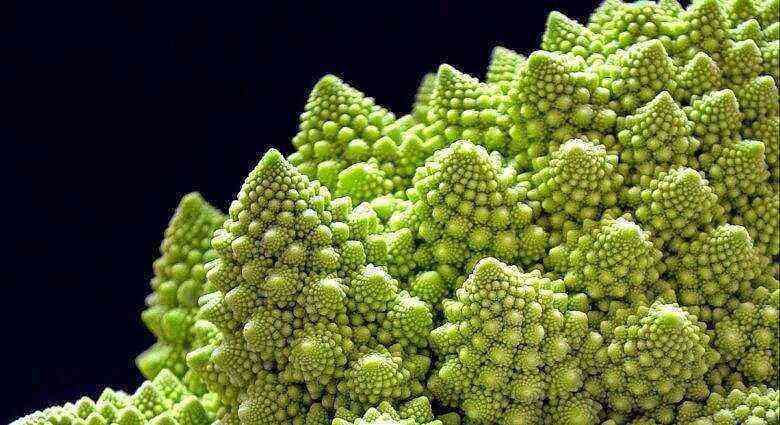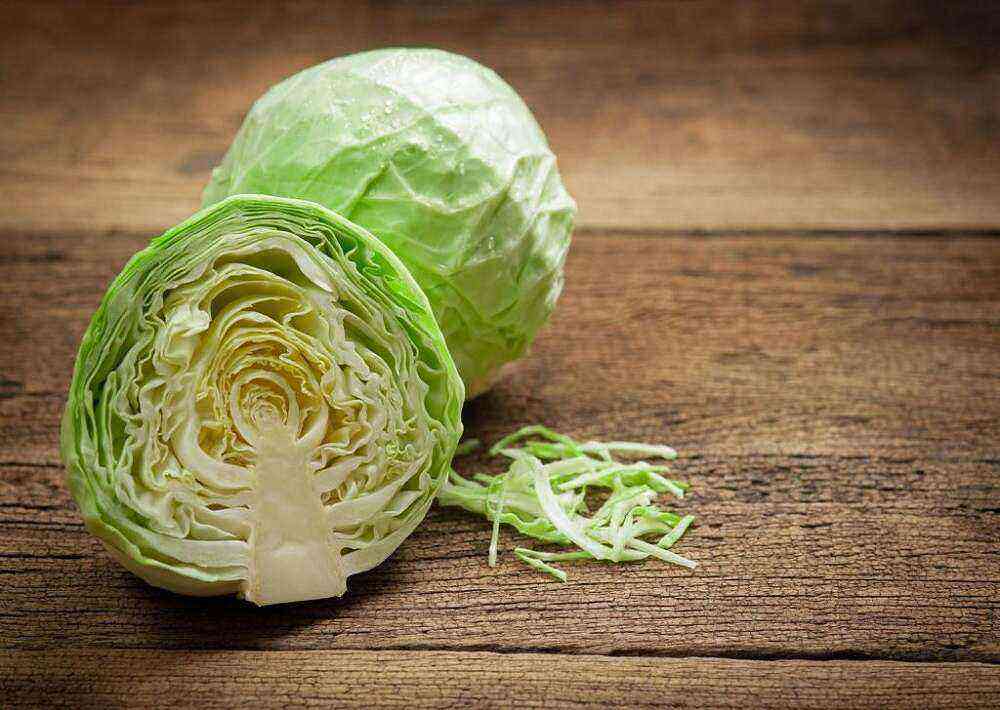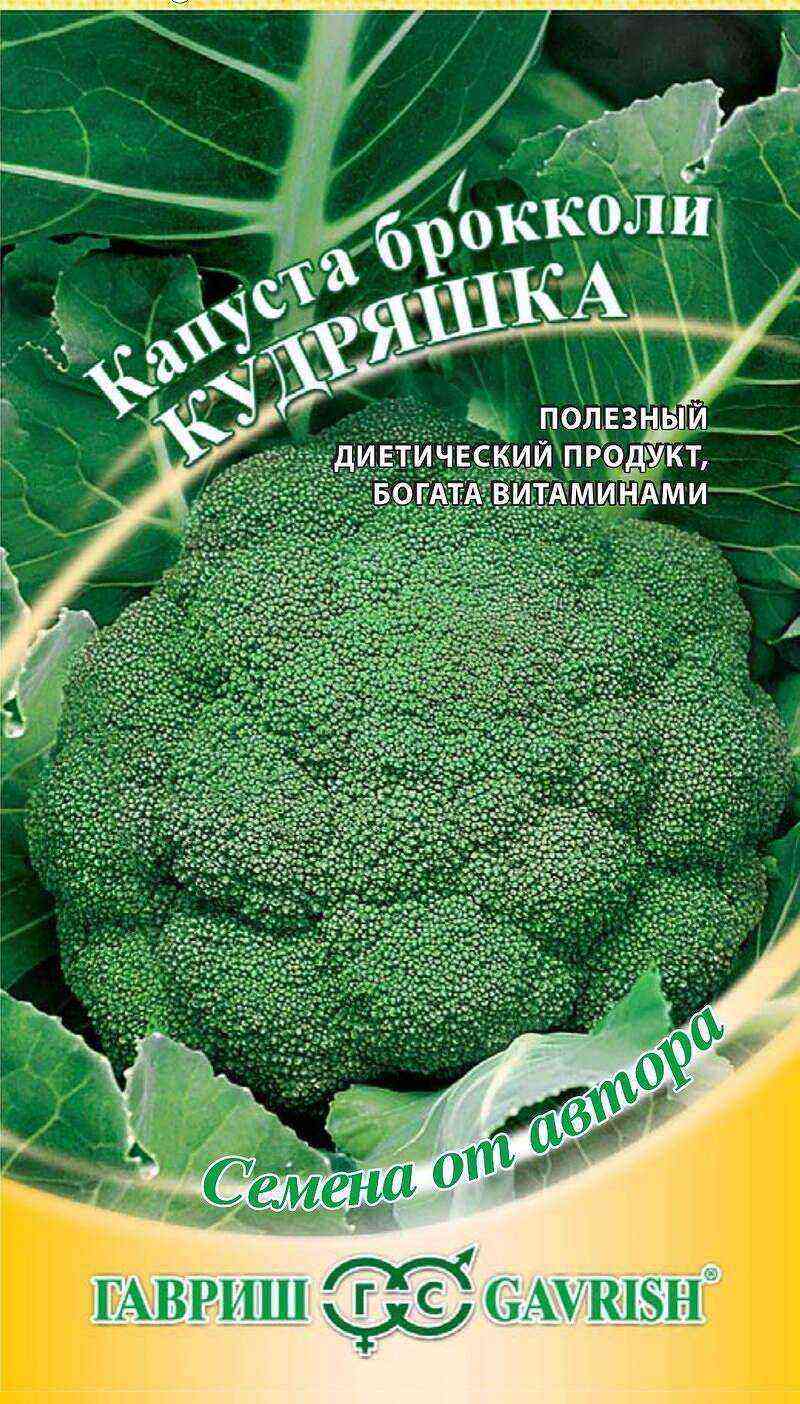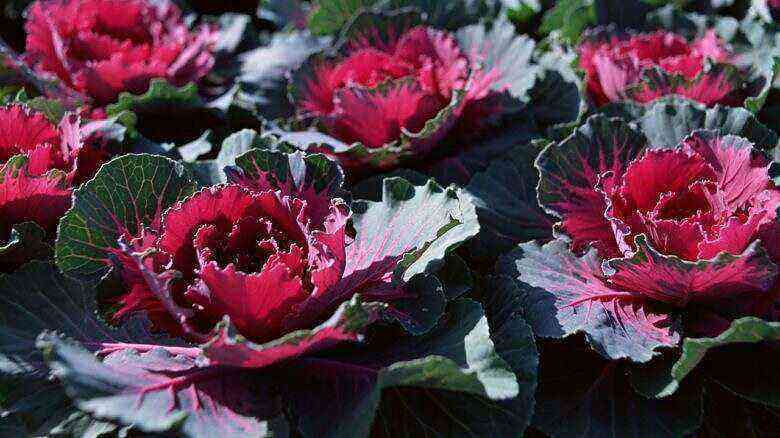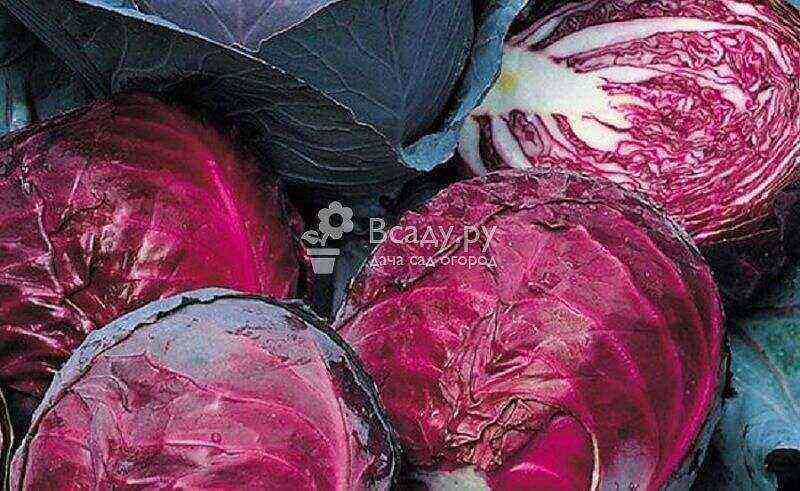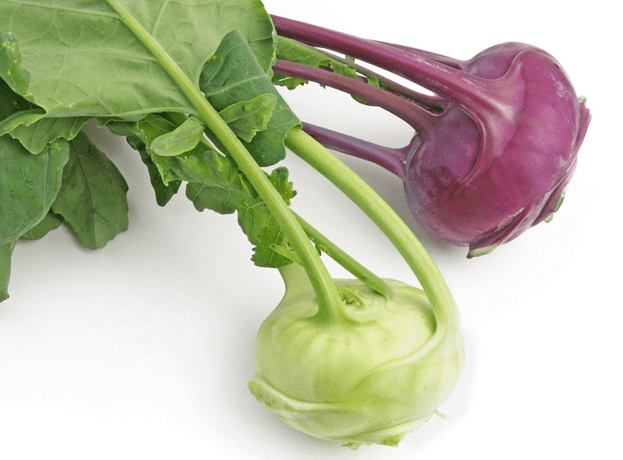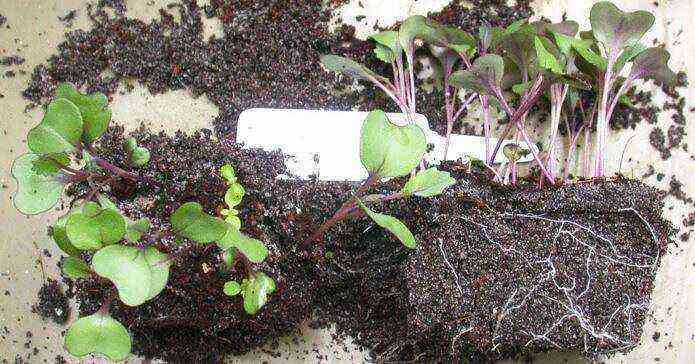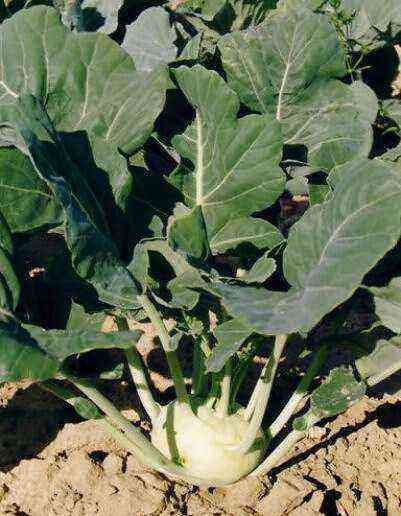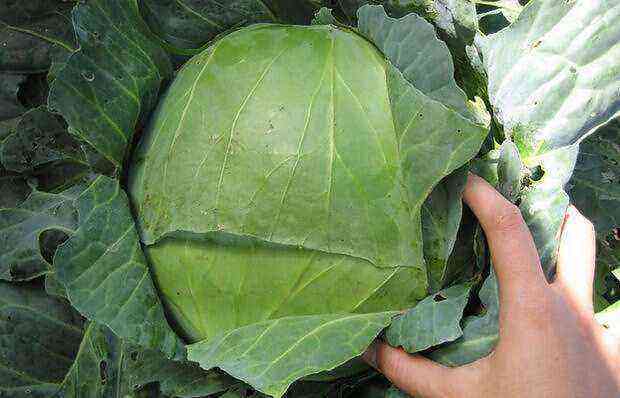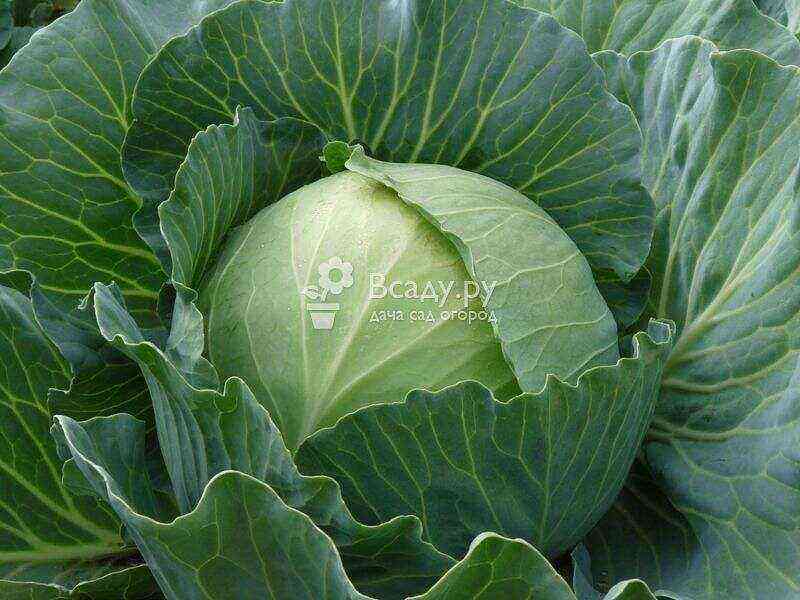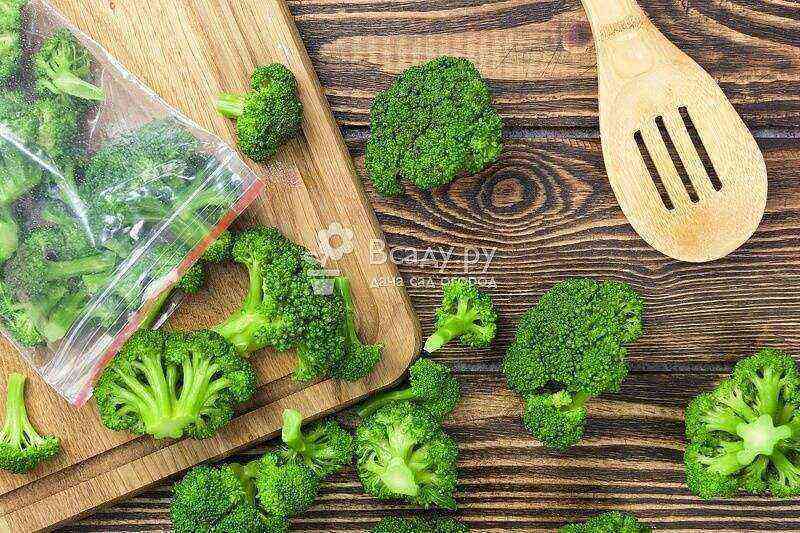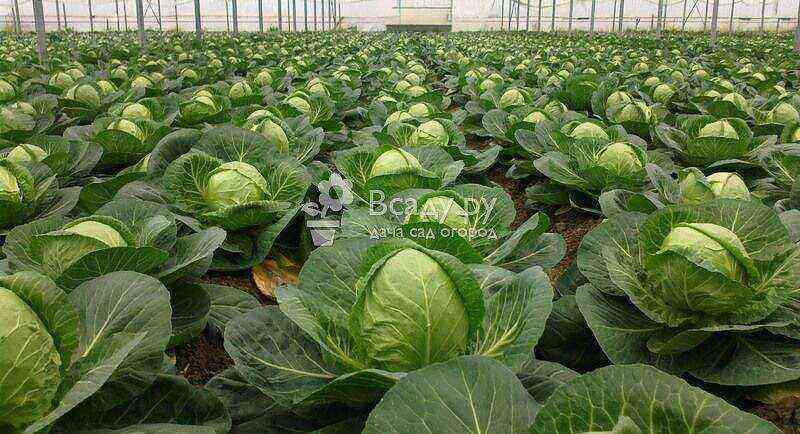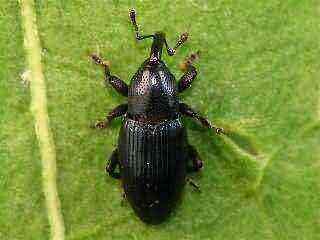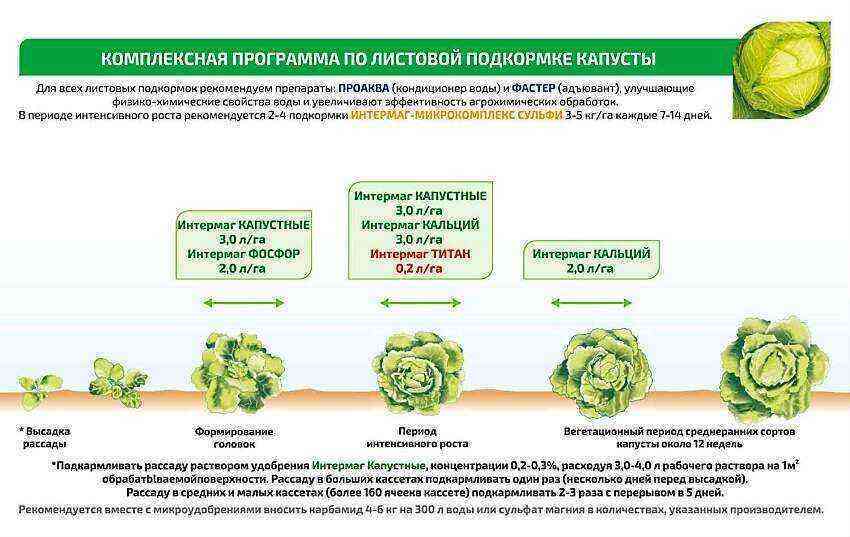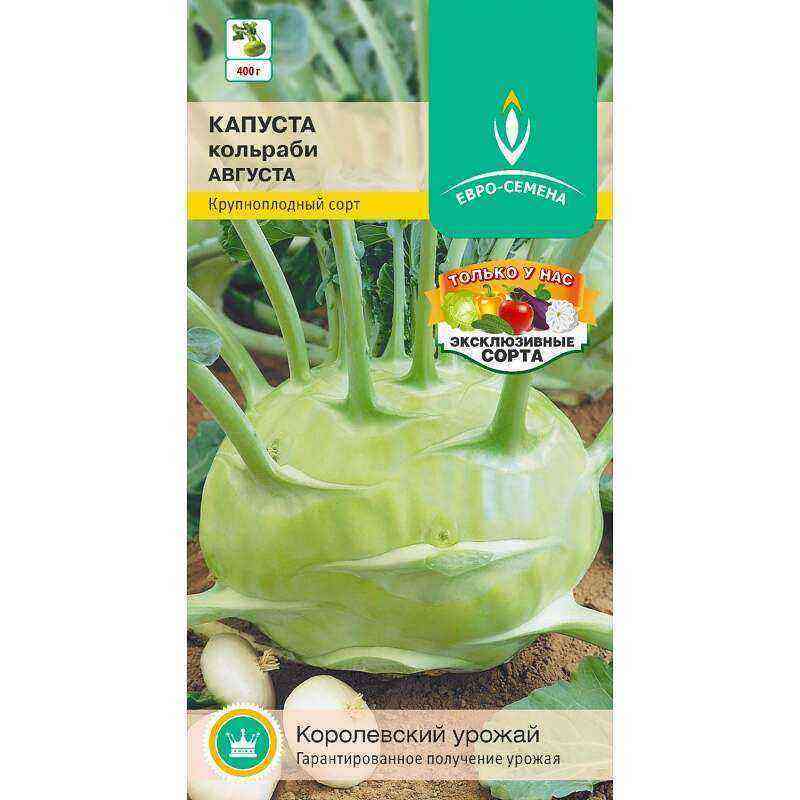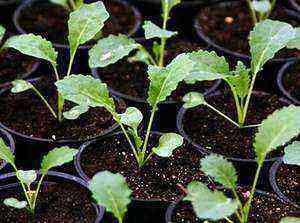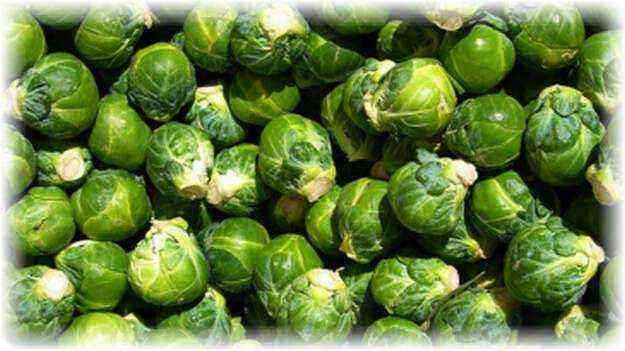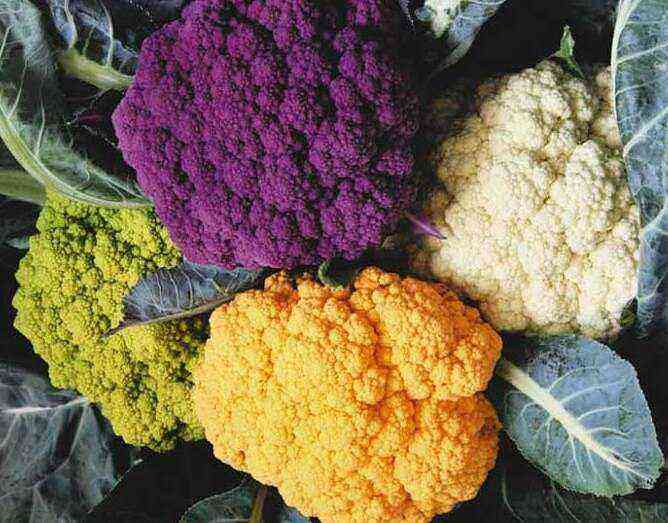White cabbage has a two-year flowering. In the first year, her head of cabbage ripens or the stem changes, which is used for eating. In the second year, shoots and seeds are formed.
Heads of cabbage can have a different shape, color, weight and density, it all depends on the variety. The average weight of a leg is from 300 grams to 10 kg. White cabbage has excellent gastronomic properties, as well as vitamins, amino acids, and minerals.
The main feature and advantage of this culture is resistance to cold and the presence of a well-formed root system. Seeds hatch at a temperature of +3 degrees, but a temperature of +18 degrees is required for stable growth.
At a low temperature, sprouts form after 7 days, and at a higher temperature, after 3 days. The growth of cabbage is carried out at a temperature of +5 degrees, but for the rapid formation of seedlings, a temperature of +12 degrees is required.
Cabbage does not get along well at very high temperatures. If the thermometer reading is higher than +25 degrees, the growing heads of cabbage will be deformed, and there will be no harvest. A lot of light is one of the main conditions for the cultivation of white cabbage.
This vegetable requires light at the time of the seedling interval. If there is little light, then the seedlings will become larger in length, be affected by fungal pathologies, and the legs will turn out to be loose or will not ripen at all.
Cabbage loves moisture, and this can be easily explained: the leaves have a large moisture-absorbing base, and the root system is at a shallow level. A large amount of moisture is required for a vegetable precisely at the time of creating the legs.
Suitable moisture content for a vegetable is 80%. If it is high or low, then the inflorescences will hurt, and the harvest will be poor.
There is another feature of this type – high requirements for the soil. Cabbage loves fertile and cultivated soils, responds well to the addition of lime, as well as a large amount of mineral and biological fertilizers. There is no need to cultivate cabbage on very acidic, waterlogged and heavy loamy soils.
Common varieties
Early cabbage is ready to harvest quickly. From pecking seeds to harvesting is 70 to 120 days. In particular, the vegetable is eaten raw, it is also used to create side dishes, second courses, as a filling in pies.
This cabbage can be easily salted, fermented, but the application time for such a product is short – 3-4 months. Cabbage quickly becomes soft and loses its crispy properties.
Early cabbage cannot boast of excellent gastronomic properties. Only a specialist can distinguish one variety or hybrid from another by this indicator.
Other indicators also do not differ in variety. Therefore, summer residents choose varieties and hybrids, relying on the time of formation, fertility, and the presence of stable immunity to diseases.
Popular varieties of white cabbage:
June. The harvest is ready to be harvested in June. The growing season is 90 days. The leaves are small, with bubbles. The heads of cabbage are a little pressed, not very dense. Weight of one is 1-2 kg.
Cossack. Head of cabbage is ready to harvest in 110 days. The inflorescence rosette is spreading, low. The leaves are small, the edges seem to be cut. Heads of cabbage have the shape of a ball. They bring crops up to 4 kg per m2.
Pavel F1. This is an early Dutch hybrid. The leaves are small, green, covered with a white bloom. There is no stem, the feeling as if the heads of cabbage are on the ground. They are large, flattened.
Ditmar early. The variety originated in Germany. The heads of cabbage are ready to cut in 105 days, as soon as the seeds germinate. They often deform if you delay collection. The shape is correct, round, weight 1,5 kg.
Golden hectare 1432. Mid-season variety. The rosette of the leaves is small, they themselves are small, gray-green in color. Heads of cabbage in the form of a ball, not dense, weight from 1,5 to 3,3 kg. It turns out a beautiful cabbage with a marketable appearance. The yield is decent: 2 kg per m7.
How to care for the culture?
There is nothing supernatural about leaving. The important thing is to provide it with proper watering. It is necessary to remember about weeding and loosening the beds. This is done carefully, since the roots of the cabbage are close to the ground. Irrigation water needs to be heated.
The ideal time for this is morning at dawn or late evening. The culture loves moisture, with a lack of it, the inflorescences are slowly formed, the heads of cabbage are not tied. But frequent irrigation is harmful for it – it causes the formation of rot. The frequency of irrigation in each situation is determined by the weather. If it’s cool outside, then the plant is irrigated every 4 days. If it’s hot, then twice a day, you can additionally irrigate the inflorescences.
In the first 4 weeks after sowing, 8 liters are enough for one bush, then the rate is raised by one and a half times. The plant needs to be washed 30 cm. Cabbage responds well to rain and drip irrigation.
You can also water circular holes dug at a distance of 30 cm from the base of the stem. If you add water under the roots, they quickly become exposed and dry out.
Harvesting and storage of crops
It is necessary to collect early cabbage as it forms, relying on the strength of the stalk and the speed of the growing season noted by the manufacturer. For collection, you need to choose a dry and not hot day. Cut cabbage in rainy weather should be left to lie on spread rags for XNUMX hours.
Do not hesitate to harvest. Heads of cabbage may crack. If you cannot cut them off on time, then you can cut the stem by a third of the thickness and loosen the plant a little. Thus, the nutrients will not flow to the head of cabbage, and it will not get bigger. Cut the cabbage with a sharp knife. Early varieties do not last long – 2 months.

